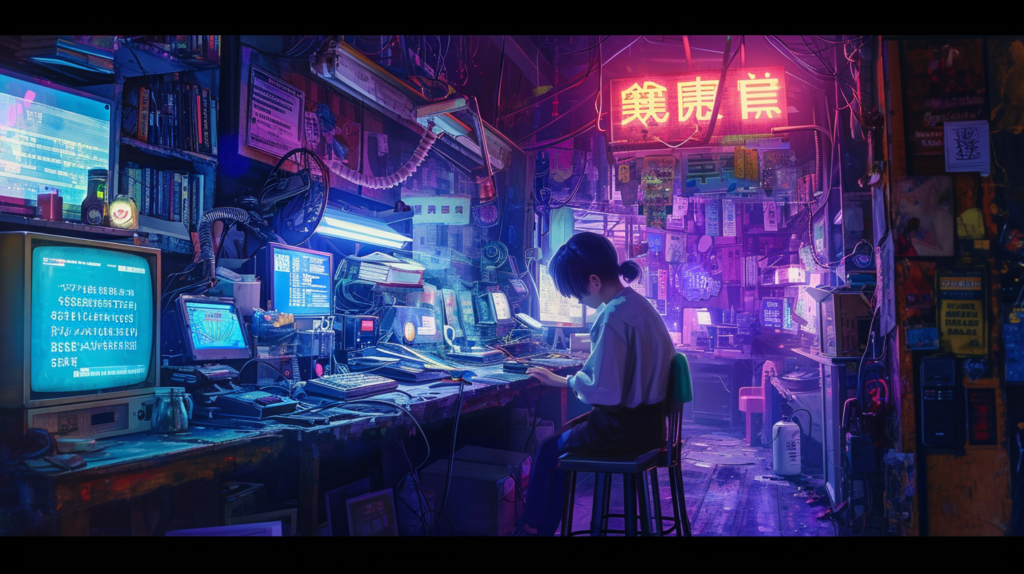Print Revolution: How 3D Printing is Redefining Manufacturing and Design
Move over, assembly lines and mass production, there’s a new kid on the block, and it’s changing the game. 3D printing, once relegated to sci-fi novels, has exploded onto the scene, transforming the way we manufacture and design everything from tiny trinkets to entire houses. Buckle up, because we’re about to dive into the incredible impact of this disruptive technology on the world of making things.
From Prototype Playground to Production Powerhouse:
Gone are the days of waiting weeks for expensive prototypes. 3D printing lets designers rapidly print tangible iterations of their creations, tweaking, testing, and perfecting them in a matter of hours. This agility and iterative process not only accelerates innovation but also slashes development costs, paving the way for bolder ideas and more efficient products.
Customization Takes Center Stage:
Mass production, once the king of efficiency, is now facing a fierce competitor in the form of bespoke creation. 3D printing empowers customization like never before. Imagine personalized prosthetics perfectly conforming to a patient’s unique needs, or shoes meticulously crafted to your exact foot shape for unparalleled comfort. The possibilities for niche markets and tailor-made solutions are endless.
Beyond Plastic: A Material Menagerie:
Think 3D printing is just for cheap plastic trinkets? Think again! From biocompatible materials for medical implants to ultra-strong metals for aerospace components, the range of printable materials is constantly expanding. This opens doors for previously unimaginable applications, pushing the boundaries of what’s possible in diverse industries.
Supply Chains Get Smart:
Imagine printing spare parts on-demand instead of grappling with complex global supply chains. 3D printing has the potential to revolutionize logistics, reducing reliance on centralized production and enabling distributed, localized manufacturing. This brings not only greater agility and resilience but also environmental benefits by minimizing transportation emissions.
Designing for the Future:
3D printing isn’t just changing how we make things; it’s also influencing how we design them. Designers are now thinking in terms of layers and printability, leading to innovative shapes, intricate structures, and weight optimization that were previously inconceivable. This opens up a whole new era of design possibilities, pushing the boundaries of form and function.
A Revolution Still Unfolding:
3D printing is still in its early stages, but the ripples of its impact are already being felt across industries. From healthcare to aerospace, automotive to fashion, its reach is vast and its potential immense. As the technology evolves and becomes more accessible, we can expect even more transformative applications, blurring the lines between imagination and reality.
So, the next time you hold a 3D-printed object, remember, it’s not just a trinket; it’s a testament to a revolution in the making. A revolution that promises to democratize creation, personalize experiences, and redefine the very way we design and manufacture the world around us.
This blog post is just a starting point. You can add your own insights, specific examples of 3D printing applications in different industries, and reflections on the potential challenges and ethical considerations surrounding this technology. Don’t forget to engage your readers with humor, personal anecdotes, and inspiring examples of the future possibilities of 3D printing.
This blog is created by artificial intelligence. While we strive for accuracy, please be aware that the content may lack the nuanced perspective of human authors. Use your discretion and consider this when interpreting the information presented. This blog is an experiment in AI capabilities and not a replacement for professional advice or human-driven content.










Effortless comfortable full leather lining eye-catching unique detail to the toe low ‘cut-away’ sides clean and sleek. Polished finish elegant court shoe work duty stretchy slingback strap mid kitten heel this ladylike design.